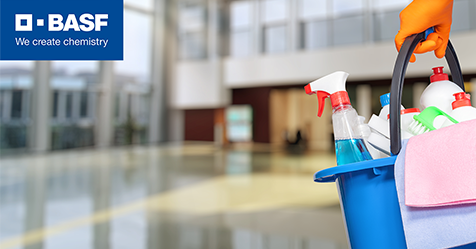COVID-19 Update: Coronavirus May Not Spread Easily on Surfaces, Disinfecting the Subway with UV
People, not objects, most common cause of coronavirus spread
Don’t stop disinfecting high-touch surfaces, but new guidelines from the U.S. Centers for Disease Control and Prevention (CDC) reveal that it is not as easy to pick up the coronavirus from contaminated surfaces as previously thought.
A study published in the New England Journal of Medicine found that coronavirus can live on some surfaces for up to three days and up to three hours in the air. However, the new CDC guidelines, published as facilities plan to reopen and people begin resuming nonessential activities outside their homes, explain the most common way to spread the novel coronavirus (SARS-CoV-2) that causes COVID-19 is through person-to-person contact, USA Today reports.
More specifically, the virus primarily spreads from person-to-person in the following ways:
- Between people who are in close contact with one another (within less than 6 feet)
- Through respiratory droplets produced when an infected person coughs, sneezes, or talks
- By close contact with people who are not showing symptoms.
It may be possible that a person can get COVID-19 by touching a surface or object that has the virus on it and then touching their own mouth, nose, or eyes. Facilities should continue to clean and disinfect doorknobs, elevator buttons, counters, and other high-touch surfaces.
New York subway testing UV disinfection
Buses, trains, and transportation stations in New York City will undergo ultraviolet (UV) light disinfection under a pilot program starting this week, CNN reports.
The Metropolitan Transportation Authority (MTA) announced it will use 150 dual-head mobile lights that emit UVC—one of the three types of light on the UV spectrum that is believed to be most effective against viruses and bacteria—from a Denver-based startup company. Special crews will use the UV lamps during the overnight shutdown on subway trains and during periods when bus transit is out of service.
The first phase of the program will launch this week, focusing on train cars, stations, and yard areas, as well as occupational facilities, crew rooms, and other shared areas. The lamps, which can be installed on a ceiling or a wall, have been installed on poles in the middle of train cars.
The MTA has asked a doctor who is director of the Center for Radiological Research at Columbia University in New York City to examine the efficiency of the lamps. If he finds the first part of the program successful, it will expand to train lines serving the suburbs.


